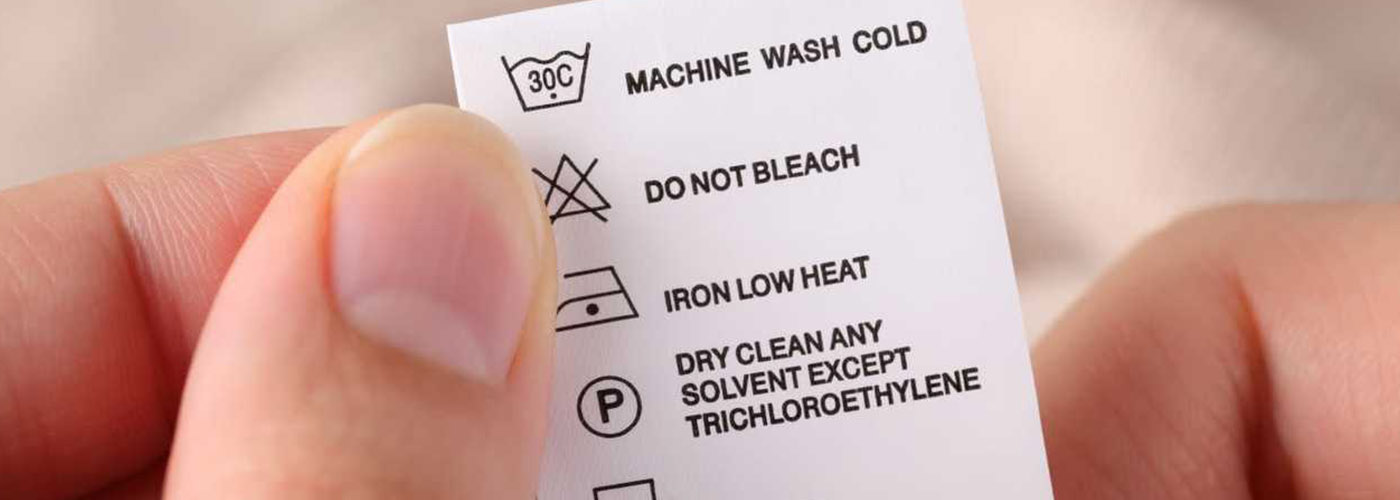
LABEL SYMBOLS
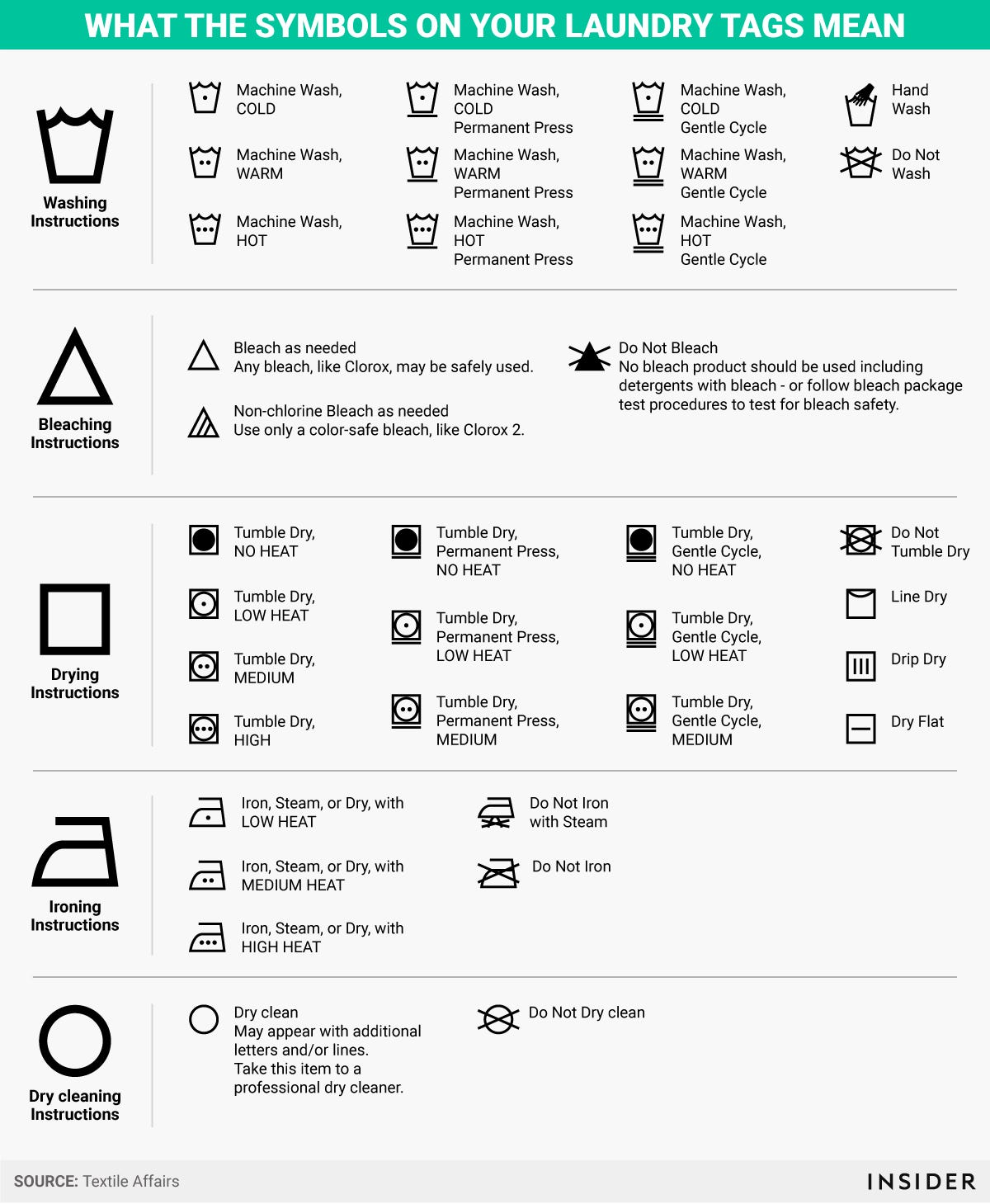
IRONING TIPS
• You should check the labels of the clothes, to see the appropriate temperature at which they should be ironed.
• Linen is usually ironed at temperatures above 60 C, cotton over 40 ° C while wool, silk and synthetic fabrics at lower temperatures.
• Clothes bearing a print should be ironed upside down at the point of printing and at a low temperature.
• Buttons, buttonholes, labels, zippers and generally clothing accessories should not come into contact with the iron, because they are damaged.
We start ironing a shirt by Giakas. First we iron the back side of the collar, in the direction from the edges to the center and then the normal side.
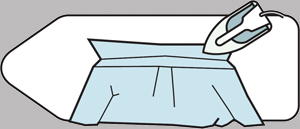
We continue with the Sleeves, starting from the cuffs. If it is a double cuff, we iron it on both sides.
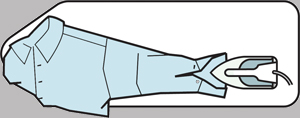
Then we iron the Shoulders and the Back.
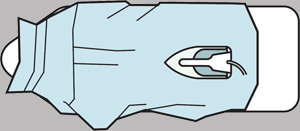
Finally, the front points of the shirt, first from the upside down and then from the normal side.
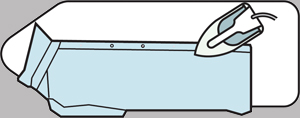
Then we fold the shirt, or better yet, hang it on a hanger.
WASHING TIPS
• Separate the whites from the colored ones and wash at a suitable temperature, according to what is written on the labels of the clothes.
• High temperatures are not suitable for any fabric.
Chlorine should be avoided. In the case of dyed cotton, use dyed bleach.
Bleach is preferable to chlorinated detergents, which destroy the fibers of clothes.
• Use neutral detergents on sensitive clothing.
• The detergent powder should dissolve well so as not to stain. Therefore, for washing in the washing machine at low temperatures, it is better to use liquid detergent.
• Do not add fabric softener before the regular wash cycle, as it will lose its effectiveness.
• Avoid using more than the recommended amount of detergent, as it may leave residue on the clothes, while it is not environmentally friendly.
• Spinning in the washing machine is recommended to be done at low speeds.
• Clothes should be spread immediately after washing.
• Washing and ironing clothes must be done upside down.
• It is advisable to avoid drying in a dryer.
• Drying in direct sunlight wears out the clothes, so it is better for the clothes to be dried in direct contact with the sun, or indoors.
• Products made from pre-washed or progressively washed fabrics to give an old-fashioned look, such as jeans and delave, need to be washed separately and no local stains removed.
• Dark colors fade over time and many washes.
• Products that are not pre-washed, during their washes may fluctuate by 2% in size, mainly on the collar and cuffs.
shirts
It is recommended that the shirts be washed immediately after purchase and before wearing, in order to remove the ironing glue.
The sooner a stained shirt is washed, the better, so as not to leave time for the stain to act on the fiber of the garment.
TREATMENT OF STAINS
Blood
Treat the stain immediately and quickly. If the stain is still fresh, remove it by pouring plenty of cold running water on the back of the garment. If the stain remains or is old, soak the clothes in a basin of cold salted water (2 tablespoons salt per liter of water) for 2-3 hours. During this time, refresh the salt water constantly, until it remains clear. Then wash the clothes regularly in the washing machine with the detergent of your choice.
Egg
Pour plenty of cold running water on the back of the stain and wash the laundry immediately with a detergent of your choice. If the stain is large and remains after rinsing with water, let the garment soak for half an hour in water in which you have dissolved 1 scoop of detergent, at a temperature allowed by the label
clothing. First check if the garment is bleached by doing a test on an inner part of it. Then wash the clothes as usual.
Nail polish
Turn the fabric upside down. Apply a little nail polish remover behind the stain. Always check that the garment is bleached by doing a test on an inner part of it. Press the stain on a clean cloth or 2-3 kitchen paper to absorb the varnish. Wash immediately with detergent of your choice at the maximum temperature allowed by the clothing label.
CAUTION: Do not apply the above procedure to synthetic clothes from acetate, triacetate or rayon. It is better to turn to professional laundries.
Candle
Allow the candle to dry. Carefully scrape most of the wax with a knife from the non-cutting side. Place the stained part of the fabric between 2-3 pieces of kitchen paper and iron the stain at a moderate temperature without steam, so that the remaining wax melts and is absorbed by the paper. Change the papers several times so that the wax does not return to the fabric.
Allow the garment to cool. Wipe the surface of the stain lightly with a little cleaning petrol or white alcohol and remove the liquid by pressing on some kitchen paper to remove any stain residue.
Lipstick - Mascara - Eyeshadow - Makeup
Gently rub the stain with a liquid detergent of your choice. Wash the clothes immediately at the maximum temperature allowed by the clothes label. If the stain remains, place the stained area in 1% aqueous ammonia solution for 3-5 minutes and wash immediately afterwards, with a liquid detergent of your choice.
Oil paint
Treat the stain immediately before it dries. Turn the fabric upside down. Pour a little diluent of the paint set

